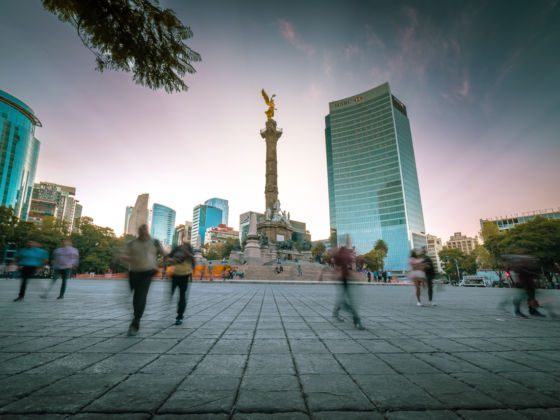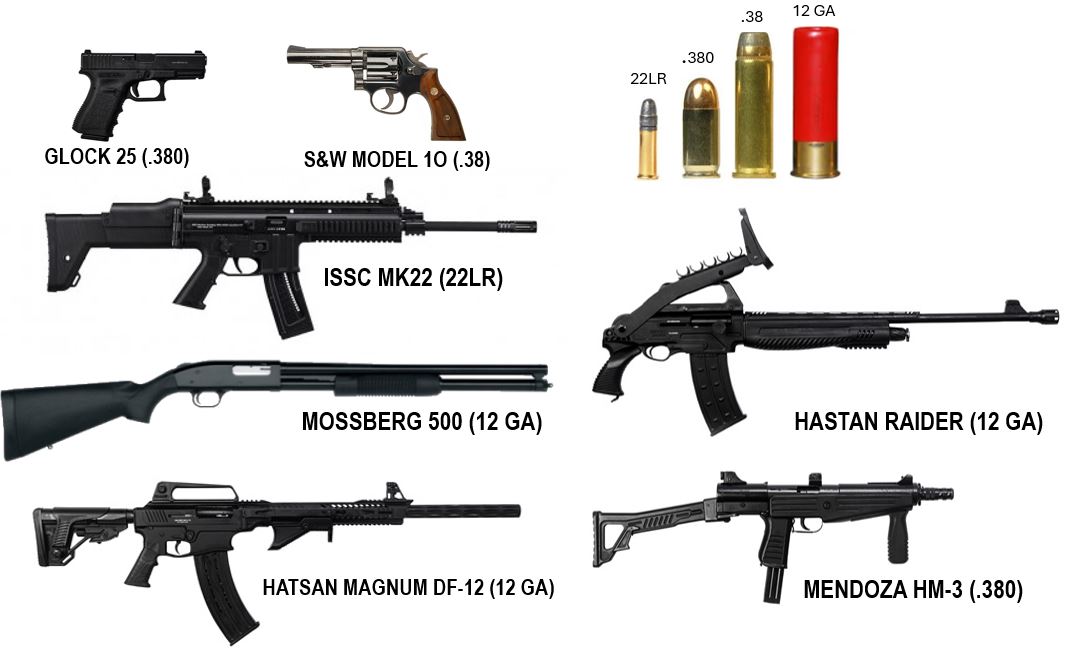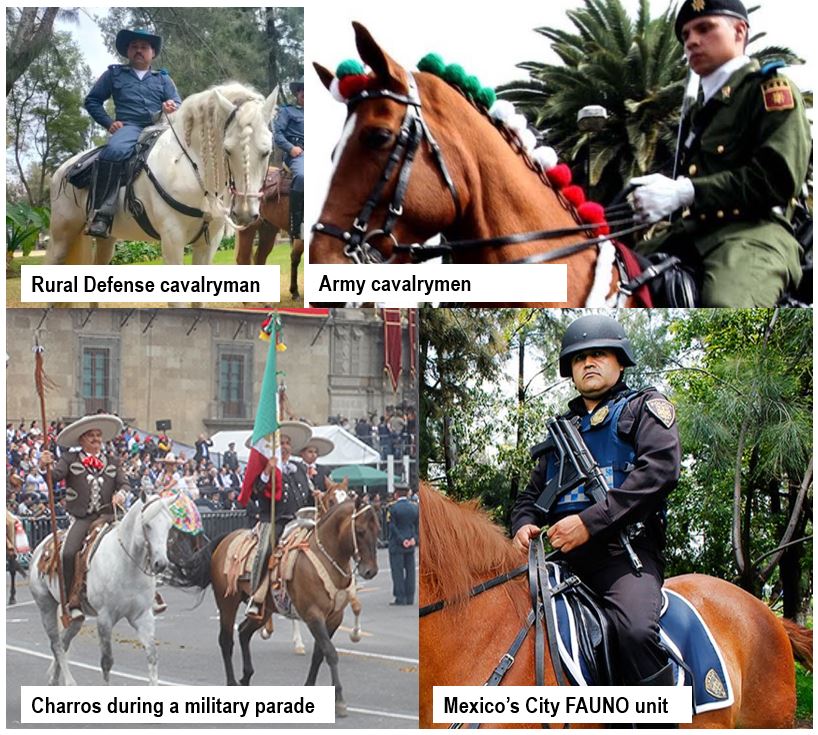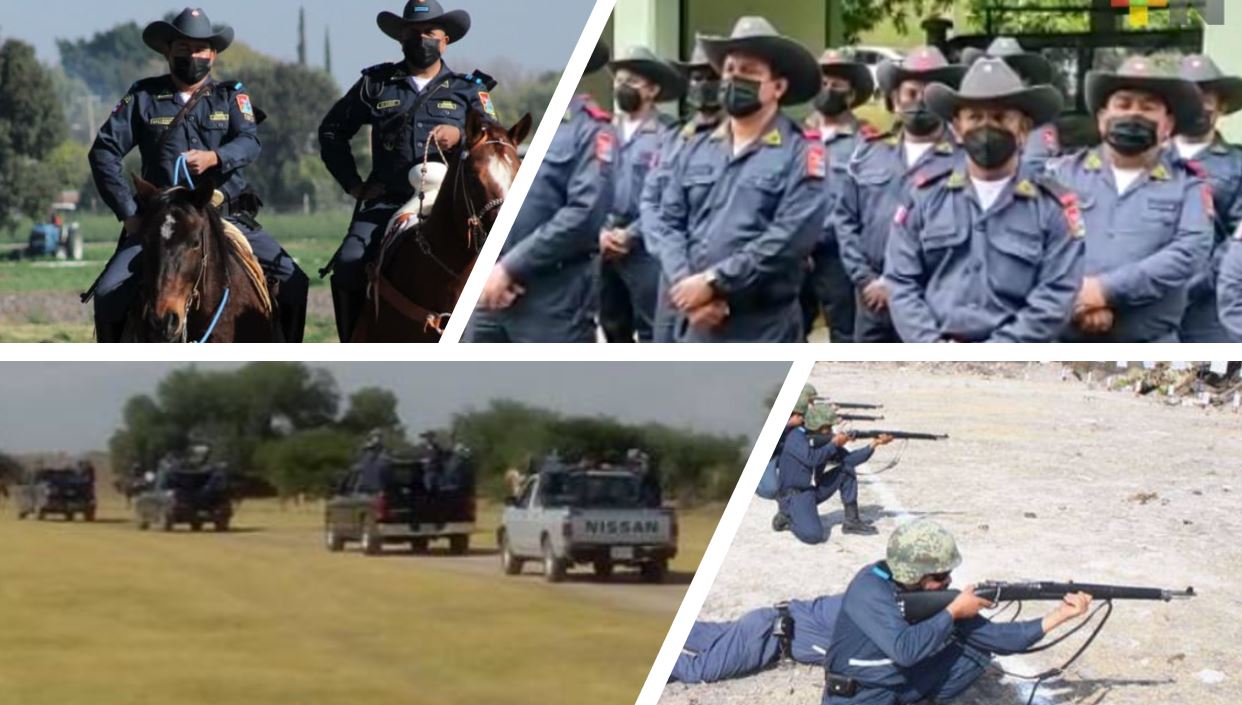The Mexican Army's Secret Reserves
May 9, 2024
by Alex Zaremba

As with most militaries, Mexico counts with a first and second reserve, yet few know that its constitution also allows for the country to activate extra reserves in case of emergency or invasion.
As with most militaries, Mexico counts with a first and second reserve, as the US counts with a national guard and a reserve force, yet there are thousands of already trained men and women that the country also considers part of a so-called third reserve. These groups are unlikely to ever be called up to arms for anything less than an invasion but should be known to exist as they number the hundreds of thousands.
The Private Security
50,000 men
Mexico is one of the countries with the biggest private security industries and while most are unarmed, they are still considered by the law a strategic reserve force in times of emergency.
Government sources have claimed that security companies have registered around 52,910 firearms while independent sources claim there are over 400,000 weapons belonging to private security in Mexico (an unlikely number even considering some are not in use). The government also claims that security companies have around 46,989 radios and 10,380 vehicles, yet again many believe this is over conservative numbers. One certain number is that there are almost one million guards and security personnel working in Mexico and that by law most will be activated as a military reserve in case of, for example, invasion.
Of those only a few will be armed but still would be equivalent in size to a US Army Corp fully equipped with around 10,000 armored vehicles, uniforms, protective and communication equipment.

An important point to note is that the private sector is restricted in calibers and types of guns they can use. The law only allows for guards and close protection teams to carry .38 special revolvers, .380 handguns or semi-automatic submachine guns, 12ga shotguns, or 22LR semi-automatic rifles, some examples in use are:
- ISSC MSR MK22 (22LR Carbine)
- Glock 25 (.380 handgun)
- S&W Modelo 10 (.38 especial)
- Hastan Escort Riader (12g shotguns)
- Mendozas HM-3s (.380 sub-machine gun)
- Hatsan Magnum df-12 (12g shotguns)
- Mossberg 500 (12g shotguns)
As for vehicles, the private security sector has fully armored cash-in-transit vans, pickup trucks, and even haulers. These are usually level V but can sometimes go up to level VII.

The Charros
25 – 100,000 men
The story of this reserve dates back to World War Two when a group of charros led by Antolín Jiménez founded the Legion of Mexican Guerrillas. These were men mounted on horses, with guns and machetes trained in guerrilla tactics ready to repel any foreign invasion, and numbered 100 - 150 thousand men, many of whom were veterans from the Mexican revolution.
The army of charros was eventually placed under the orders of then President Manuel Ávila Camacho and when the war ended they were declared an official reserve of the Mexican Army.
Currently, only the Charros registered with the Mexican Federation of Charreria or the Mexican Association of Charreria are part of the Third Cavalry Reserve of the Mexican Army and are allowed to carry revolvers when in charro uniform and even take part in the 16 of September military parade. It is unclear how many charros are registered as reservists but it's likely the number goes anywhere from 25 – 100,000 although most are not armed and don’t even own a revolver.
It is important to note that while modern armies have stepped away from cavalry (with actual horses), the Mexican army and police are still reliant on them to access difficult terrain and do reconnaissance missions. Some of the most famous cavalry forces in Mexico include Mexico City’s Police Fauno Unit which patrols the vast forest of the city, the Rurales, and the Charros.

The Rurales
7 – 26,000 men
The Rural Defense Corps are units of volunteer men made up of ejidatarios organized, equipped, and trained by the Mexican Army, and their tasks include assisting troops as guides and scouts, providing security to their population, guaranteeing the security of the general communication routes, airfields, transmissions, and electrical energy conduction facilities and lines, food and fuel warehouses, assisting the crew and passengers of land, air, sea and river vehicles that have an accident within or near their jurisdiction, as well as providing help, within its jurisdiction, for reforestation, the extinction of forest fires and the eradication of pests and epidemics. They also act as local informants and intelligence collectors.
The Rurales have their origin in the Rural Police Corps, which President Benito Juárez created in 1861 and their mission was to guarantee the safety of the roads and combat banditry.
The Rurales work part-time without financial remuneration, although they do enjoy medical services as well as life insurance. In the event of war or a serious disorder of the internal order of the country, the elements of the Rural Defense Corps may be called to serve in the Army and Air Force and if so, they enjoy the same rights and obligations as the rest of the military personnel.
The Rural Defenses is divided into 14 Infantry Corps (US equivalent of a battalion) and 12 Cavalry Corps, each Corp is made up of four companies. There are 26 Rural Defense Corps located in the states of Aguascalientes, Chiapas, Coahuila, Colima, Durango, State of Mexico, Guanajuato, Hidalgo, Jalisco, Michoacán, Morelos, Nuevo Léon, Oaxaca, Puebla, Quintana Roo, San Luis Potosí, Sonora, Tamaulipas, Tlaxcala, Veracruz and Zacatecas and are led by a brigadier general.
They are trained and equipped by the army, and each member is issued a Mexican-made Mosquetón 1954 rifle and a blue uniform with red epaulets for infantrymen and blue turquoise for cavalrymen. Additionally, like most reserve forces around the world, once a month members attend refresher training where they are given courses in military legislation, marksmanship, human rights, combat patrols, etc.
In the Mexican army a company consists of between 70 and 250 soldiers so since the Rural Defense Corps has 104 companies, the total number of men could be from 7,000 to 26,000. For context the Army and Air Force has a total of 165,454 troops, and the Navy 51,946.

Other Groups
Naturally, in case of invasion or national emergency, other already trained and armed groups would come into play starting with the biggest federal forces like the 100,000+ strong National Guard, the 30,000+ (unconfirmed) Federal Protective Service, and even possibly the PEMEX Strategic Safeguard Subdirectorate and the reserve of veterans active but under retirement conditions (which in Mexico if you are a retired officer you are allowed to own and carry up to five weapons, whether short or long and with calibers allowed for exclusive use by the Armed Forces). And those numbers don’t include police forces, self-defense forces, and the likely millions of Mexicans who did their military service and belong to the primary and secondary reserve.
Copyright by Vigiles Analytica. All rights reserved. ©2025
